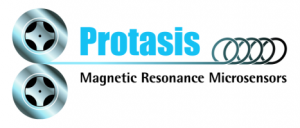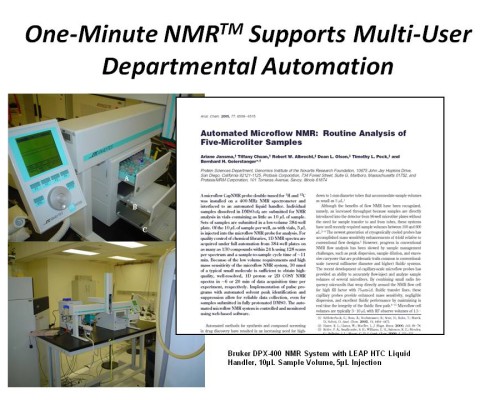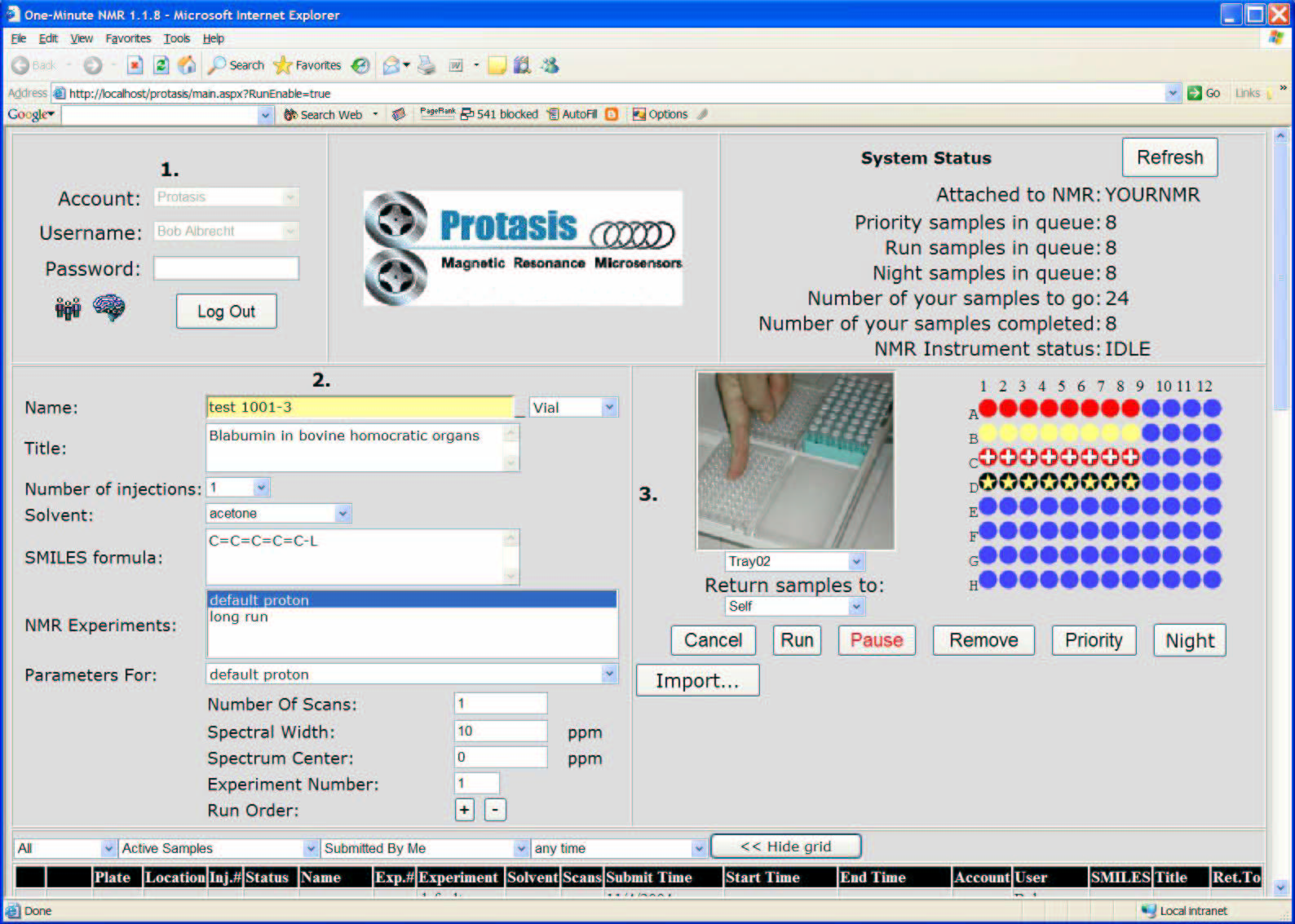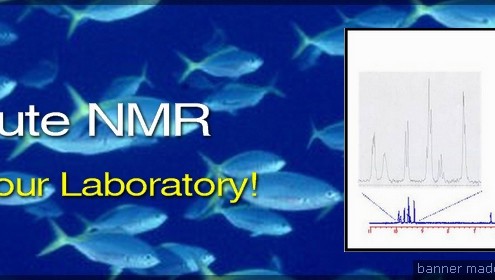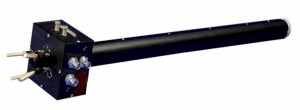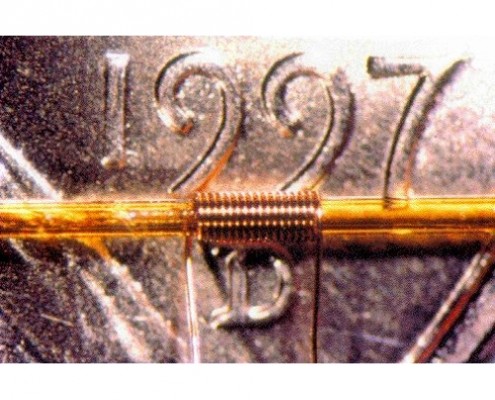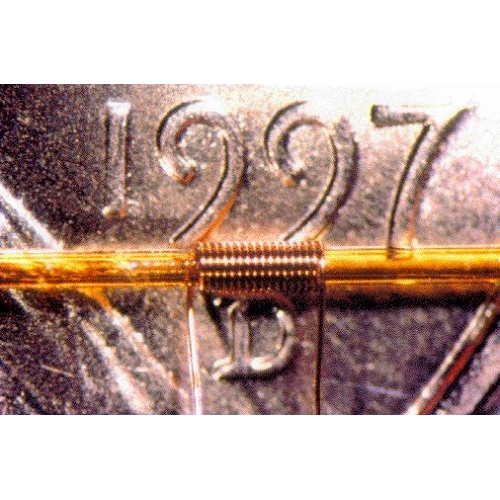Factors most important to me for data collection and research publication
- Probe where < 10μL and < 25μg of material is sufficient for NMR analysis
- Probe that can be easily installed/shimmed by my NMR facility manager and used by my students
- Probe where sample introduction and recovery don’t require that I become a fluidics expert
- Probe that doesn’t require extensive maintenance and service
- Probe where the S/N is preserved even if the salt concentration is high
- Probe where I do not need an NMR tube
- Flowprobe with minimal solvent rinse requirements; < 50μL yields < 1% carryover
- Probe that accommodates a wide range of solvents, buffers, and pH conditions
- NMR measurement solution that enables research, not capital equipment, to dominate my budget
- Probe that is easily repaired in a timely manner and for a reasonable fee if damaged
- Ability to completely recover my samples into the original vial.
Customer Questions
Probe Performance: How can I achieve high mass sensitivity with low solvent volume requirements?
The Protasis/MRM CapNMR probe is designed throughout as a capillary-scale device. With a total internal volume of 7μL and a flow cell volume of 4.5μL (active volume is 1.5 μL), it’s the smallest volume NMR probe on the market. The tremendous mass sensitivity is sufficient to obtain a 1H S/N > 10:1 from 1μg of material in only a few minutes. The probe is easy to use, requiring adjustment of only a few shims when first inserted in the magnet, and after solvent changes, while virtually no shimming is necessary for samples in the same solvent. Highly conductive (e.g. salty) samples are no problem for this probe – less than a 10% S/N penalty for salt concentrations as high as 0.5M.
Sample Management: What are my options?
Sample management options range from the very simple, practical, and economical approach of direct syringe injection to more elaborate techniques involving sample vials, 96 well plate format in automation and capillary chromatographic hyphenations. While the more involved techniques offer a greater range of functionalities, the simple approaches to sample introduction shouldn’t be dismissed.
Sequoia Sciences, a company dedicated to drug lead generation from natural product libraries has analyzed well over 300 natural products using the CapNMR probe.
Cost Savings: Can I save on deuterated solvents? Do I still need tubes?
“’Tubeless NMR’ enables us to rapidly, accurately, and economically characterize our samples in a manner that fits our business strategy†says Sequoia’s Mark O’Neil-Johnson. “Over the past year, we have totally eliminated NMR tubes from our NMR acquisition process. Not only has this resulted in savings of time and money, butmore importantly, it has enabled us to move into a regime where microliter volume analysis is standard.†“The CapNMR probe has had a tremendous impact on our business†says Gary Eldridge, President of Sequoia. “We have grown to depend on the capabilities that this technology brings to our operation and I can unequivocally say that we would not be as far along with our business success as we are today with any other available NMR probetechnology.â€
Protasis/MRM offers high throughput systems for NMR analysis. But we also offer options for easy, manual loading that can be accomplished with a minimal knowledge of sample handling techniques. We offer application note NMR-10 that fully describes the manual method of sample loading. You can request this note at info@protasis.com.
.
